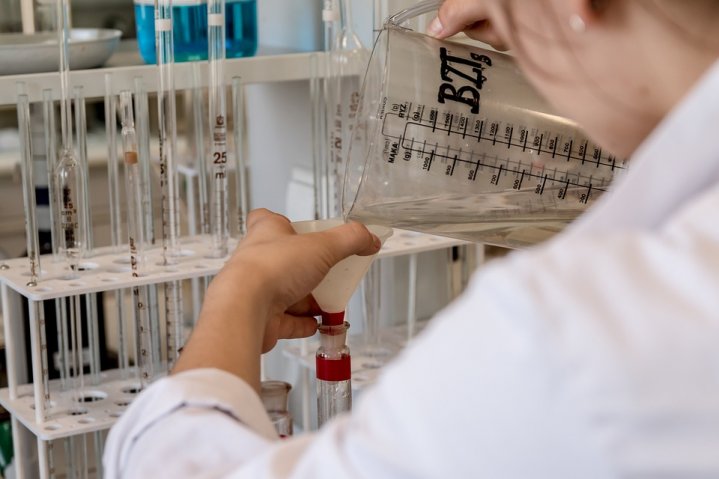
A new study report published in the journal Molecular Human Reproduction revealed that scientists have successfully grown human eggs from an early stage to full maturity in laboratory conditions. The research has been carried out by scientists from the US and Britain, and this milestone achievement could offer cancer patients a new and innovative method of fertility treatment.
During the study, researchers at the University of Edinburgh and the Center for Human Reproduction took the ovarian tissue from the human body and matured it to the point where it could be fertilized effectively. This is for the first time that human eggs have been developed outside the human body from the very earliest stages to the stage where it acquired full maturity.
In the previous studies, scientists have successfully developed matured mice eggs in a laboratory which were capable to produce live offsprings.
"Being able to fully develop human eggs in the lab could widen the scope of available fertility treatments. We are now working on optimizing the conditions that support egg development in this way and studying how healthy they are," said Evelyn Telfer, co-author of the study.
Experts believe that this new medical advancement will help cancer patients undergoing chemotherapy to preserve their fertility.
As the news of egg development surfaced the world of medical science, Independent experts lauded this achievement but also cautioned that there is much more to do before laboratory eggs can be used for fertilization to create live offsprings.
Ali Abbara, a senior clinical lecturer in Endocrinology at Imperial College London said that this new achievement suggests that creating live offsprings using laboratory-developed eggs will become a reality in the future.
"This early data suggests this may well be feasible in the future. But the technology remains at an early stage, and much more work is needed to make sure that the technique is safe and optimized before we ascertain whether these eggs remain normal during the process, and can be fertilized to form embryos that could lead to healthy babies," said Ali Abbara, Reuters reports.









